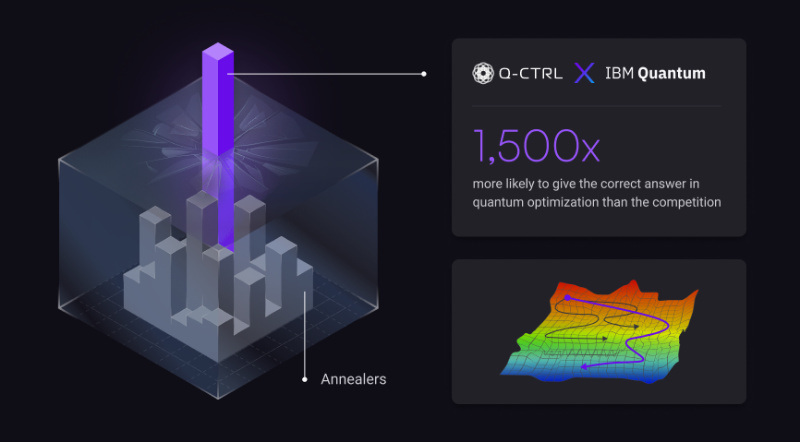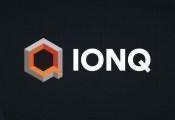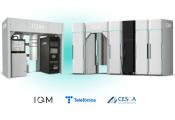Q-CTRL Transforms Quantum Advantage Outlook, Breaking Previous Records for Optimization Problems and Outperforming Competitive Technologies
London, June 5, 2024 –- Q-CTRL, a pioneer of quantum infrastructure software to make quantum technologies useful, today announced newly published results that demonstrate a boost of more than 4X in the size of an optimization problem that can be accurately solved, shown for the first time on a cloud-based, utility-scale IBM quantum computer and outperforming competitive annealer and trapped ion technologies. The recent results solidify Q-CTRL’s position at the forefront of the industry and reset expectations for when and how quantum advantage may arrive.

Quantum optimization is one of the most promising quantum computing applications with the potential to deliver major enhancements to critical problems in transport, logistics, machine learning, and financial fraud detection. McKinsey suggests that quantum applications in logistics alone are worth over $200-500B/y by 2035 – if the quantum sector can successfully solve them.
Previous third-party benchmark quantum optimization experiments have indicated that, despite their promise, gate-based quantum computers have struggled to live up to their potential because of hardware errors. In previous tests of optimization algorithms, the outputs of the gate-based quantum computers were little different than random outputs or provided modest benefits under limited circumstances.
As a result, an alternative architecture known as a quantum annealer was believed – and shown in experiments – to be the preferred choice for exploring industrially relevant optimization problems. Today’s quantum computers were thought to be far away from being able to solve quantum optimization problems that matter to industry.
Q-CTRL’s recent results upend this broadly accepted industry narrative by addressing the error challenge. Their methods combine innovations in the problem’s hardware execution with the company’s performance-management infrastructure software run on IBM’s utility-scale quantum computers. This combination delivered improved performance previously limited by errors with no changes to the hardware. Direct tests showed that using Q-CTRL’s novel technology, a quantum optimization problem run on a 127-qubit IBM quantum computer was up to 1,500 times more likely than an annealer to return the correct result.
Q-CTRL’s groundbreaking results on IBM’s hardware enable quantum optimization algorithms to more consistently find the correct solution to a range of challenging optimization problems at larger scales than ever before. The results show that this combination could practically outperform published results from both trapped-ion devices and annealers by large margins for some problems. Not only can users now solve important problems that were previously out of reach, the dramatic boost in the likelihood of finding the correct solution translates directly into cost savings for users as fewer attempts are required to return the correct solution.




































